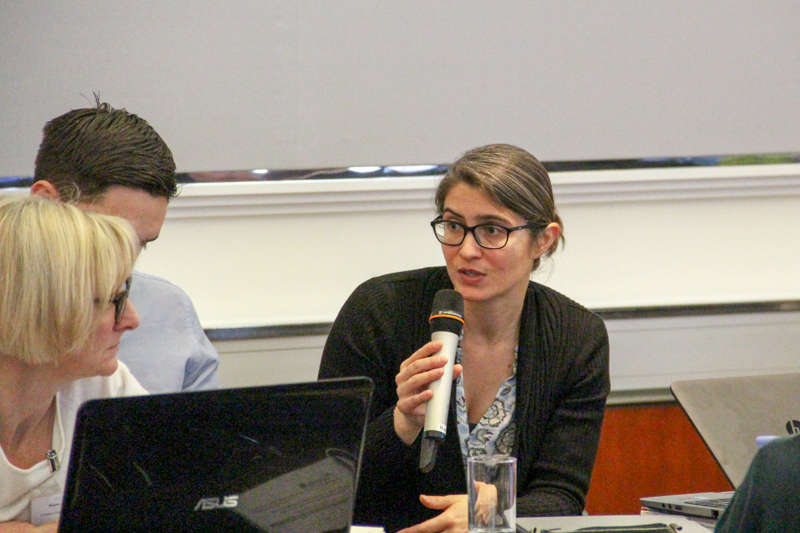DAREFFORT - Capitalisation opportunities discussed in Vienna
18-02-2019
The first periodic meeting of Dareffort project started with a special session dedicated to examining capitalisation opportunities within the 4th and 5th priority areas of the EUSDR’s second thematic pillar, focusing on environment protection.
Dareffort project leaders invited four very interesting projects to be our guests and have a presentation on the main objectives and status of accomplishing them in the project.
Marlene Heimann introduced DanubeSediment, a project initiated to improve water and sediment management as well as the morphology of the Danube River in the 9 partner countries. DanubeSediment launched more than a year before Dareffort, in 2017

Markus Eder held a presentation about Danube Floodplain, a project examining the historical and seasonal mutation of territories around the Danube Basin, serving a floodplain in excessive water situations. As the agricultural and rural activities consume more and more territories from the buffer zones, a proactive regulation is inevitable. Prior to that a proper database and evaluation of such regions is necessary. Without such a preventive action floods will represent higher risk and cause more damage in related European countries.
CAMARO-D, a DTP project which ends soon in mid 2019 is nearing to the development of a comprehensive recommendation list towards a strategic policy for the implementation of an innovative transnational catchment-based “Land Use Development Plan” for the Danube River Basin. Representing the leading partner, Hubert Siegel invited all those who are interested to follow the final conference to be held in Vienna as well, in early June.
JOINTISZA, another DTP project turning well into the second half of its lifecycle, aims to strengthen transnational water management and flood risk prevention in Tisza basin. The main output of the project will be an updated final draft of the Integrated Tisza River Basin Management Plan, which already includes the primary aspects of the Floods Directive. György Rátfai gave an overview of the project, describing many interesting examples of successful capitalisation activities targeting professionals stakeholders and public audience.
Kinga Perge from the EUSDR responsible for priority area 5, described the potential capitalisation activities within the well categorized network of projects.

Zoltán Bálint from the leading partner, Environ Viziterv asked the invitedlecturers to describe briefly where these projects acquire water level data, or whether they are involved in developing data transport between countries. Guests agreed that there are opportunities for cooperation between Dareffort and other projects in the second thematic pole, because most projects have to rely on inhomogeneous types of water level informations or certain indicators only with a lower level of reliability. Dareffort water level database will be a good source of information to such projects as well.
